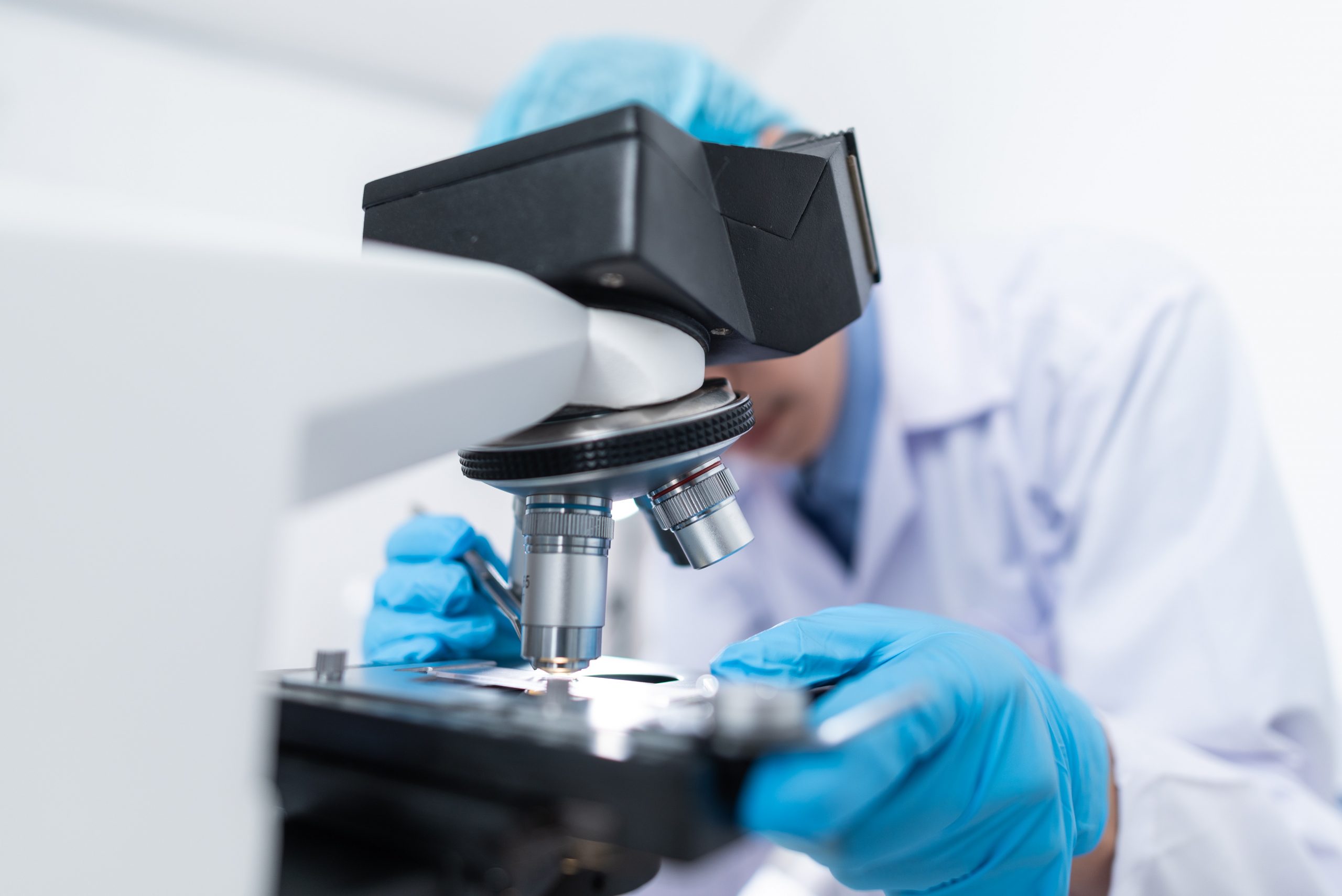- en
- fr
Iron Waste Reuse for Modern Energy Storage
Xiaowei Teng, the James H. Manning professor of Chemical Engineering at Worcester Polytechnic Institute, has discovered a new redox chemistry enabled by chloride ions. The development of seawater-sourced chloride batteries containing sodium, potassium, and zinc have all been promising contenders for lithium’s future place in rechargeable batteries.

Teng and his colleagues – Heath Turner, professor of Chemical and Biological Engineering at the University of Alabama, and Lihua Zhang, Milinda Abeykoon, Gihan Kwon, and Daniel Olds, all research scientists at Brookhaven National Laboratory in New York – went beyond the limits of current green battery technology by leveraging chloride ions to empower redox chemistry of iron oxide battery materials.
Every year, the United States generates over 15 million tons of scrap iron waste that is not recycled, the majority of which is in the form of rust. As a result, the reported rechargeable alkaline iron battery chemistry contributes to the repurposing of iron rust waste materials for modern energy storage. Everyone seems to believe that lithium ion batteries are the “best” – unless you’re trying to start a car on a cold day. As experience and refinement are gained, most users will discover that there is a very good battery chemistry for the price.
Energies
